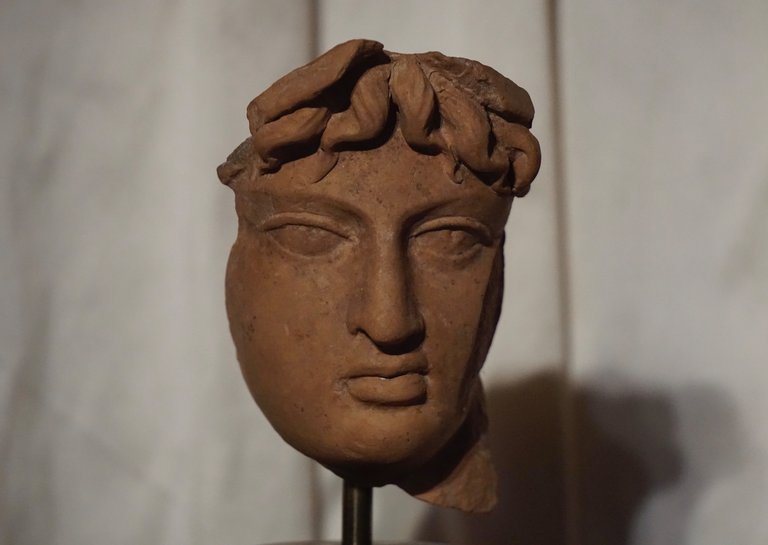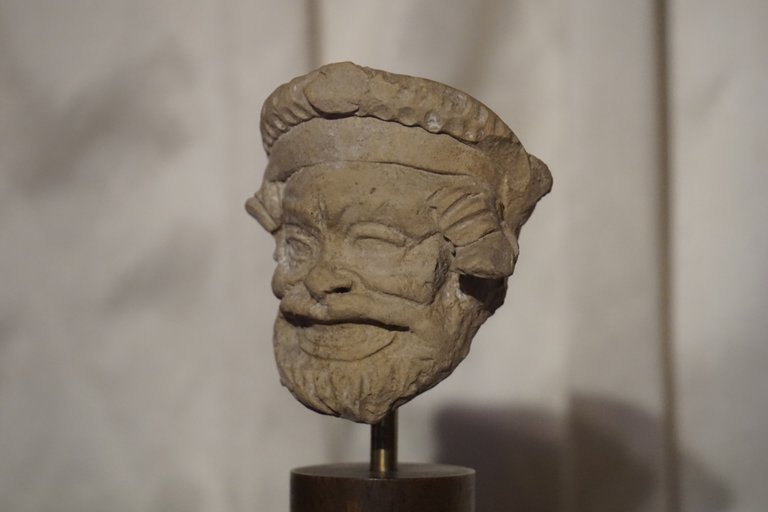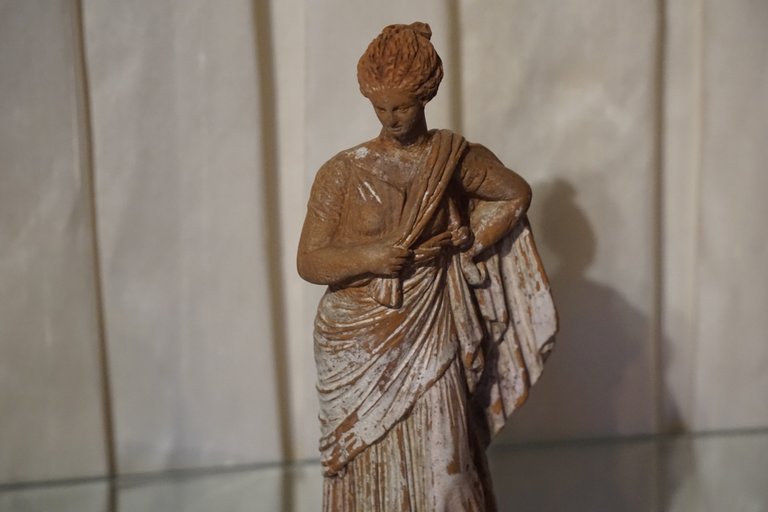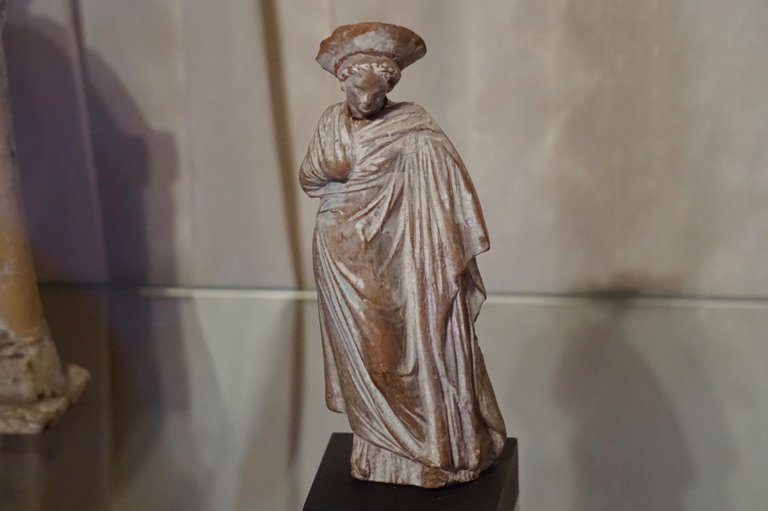Terracotta in Art History
Hey dear community, first of all I would like to welcome you all to my contribution and hope you had a day that was full of positive experiences! In this post, I would like to talk a little about art and hope you are able to expand your knowledge.
You can see here different figures which were made of terracotta and it is clay that is not glazed, unlike ceramics and can differ greatly due to the compositions and thus create different levels of quality. It is considered very robust and extremely resistant to external influences and it is also waterproof and can therefore be used well for the production of dishes and also because of the resistance to cold or frost it can be used for the production of outdoor objects. Terracotta works of art can be painted or unpainted and the origin of the name is Italy and it is derived from the Italian word Terra Cotta. Terracotta is one of the oldest materials and the traces of use can be traced back thousands of years and it was mainly used for the creation of art or everyday objects and typical was to make sculptures from it and over the time also the use changed and was also used as a building material. It was already used in ancient Mesopotamia or Egypt and also in ancient China it had a great importance and already the first emperor of the Qin dynasty gave free rein to his inventiveness and created his own army of terracotta figures which should have the task of protecting the realm of the dead. The first excavations of these figures were made in the 20th century where it had quickly spread among archaeologists and has become an important excavation site that is known worldwide and this army consists of several thousand figures and is now also considered a UNESCO World Heritage Site.
This creation was decisive and numerous imperial houses followed, which decorated their palaces or garden with works of art made of terracotta and an important characteristic of these figures was the high level of detail and different techniques have emerged. In ancient Greece, artworks made of terracotta were also very popular and it was often about making figures that were strongly associated with mythology and Greece was also considered one of the largest production areas in the Mediterranean region and trade also flourished more and more and from Greece it spread to other countries. The Greeks or Romans used the material also for the construction of houses or temples and especially in the European Middle Ages, it was particularly important and has stationed an example in many respects. During the Renaissance, it was particularly popular among artists and was considered the heyday from which numerous well-known artists emerged who had worked with terracotta. After the Renaissance, it did not completely lose importance, but it moved strongly into the background and a few centuries later the importance increased again and even today, it enjoys great popularity and is appreciated by numerous artists. These figures are simply admirable and right in the first artwork you can probably see the Greek god Apollo and also these female representations are also called Tanagra figurines and in the future I will go into more about it.
Thanks for stopping by and I hope you could learn something new about history! I captured these pictures with my Camera Sony Alpha 6000 plus 55-210 mm lens.





https://twitter.com/lee19389/status/1778510193485111617
#hive #posh